The Huffington Post, New York
Taschen website
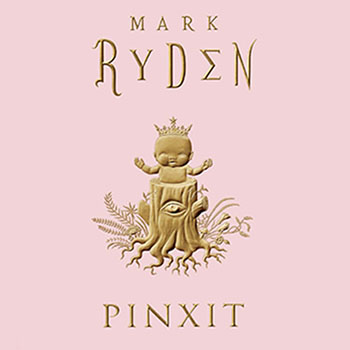

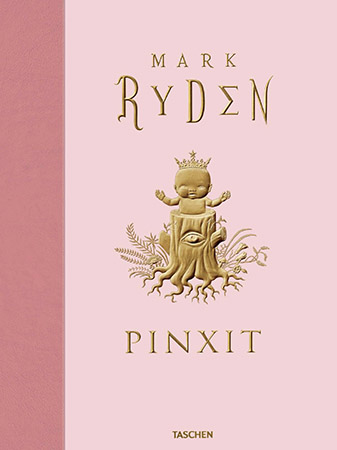





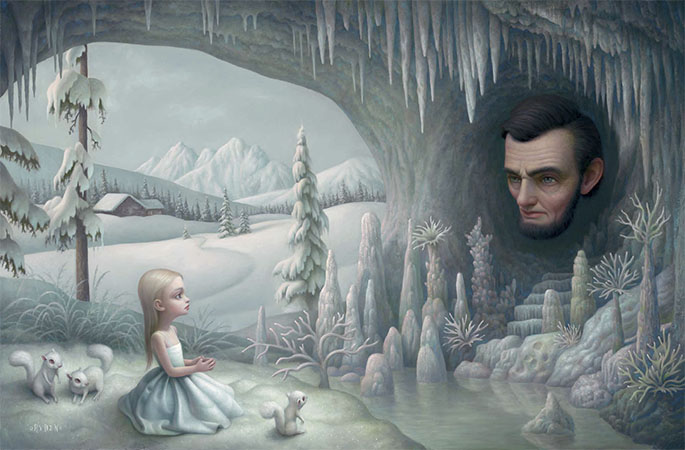

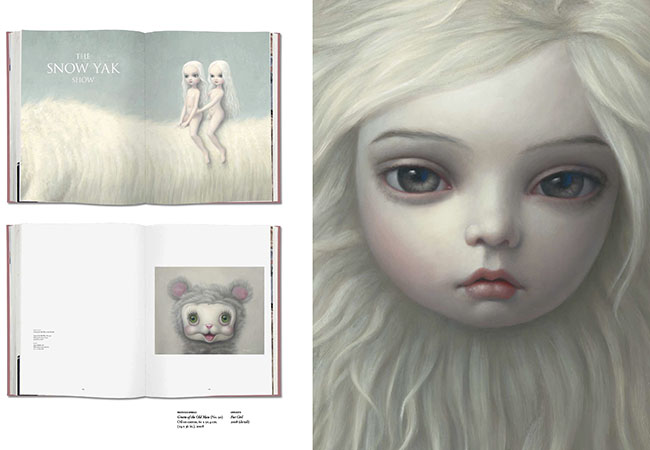

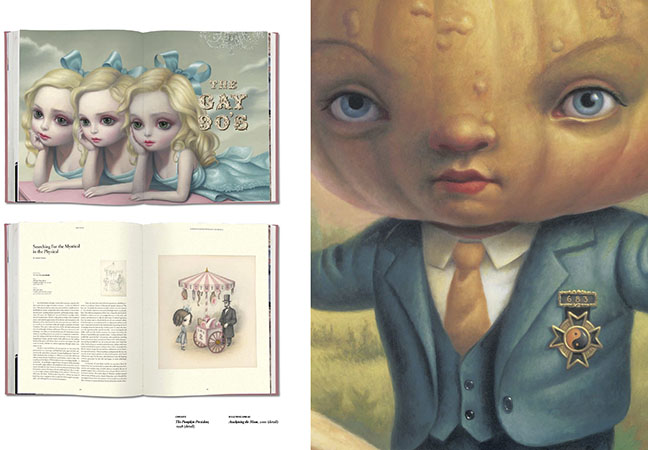
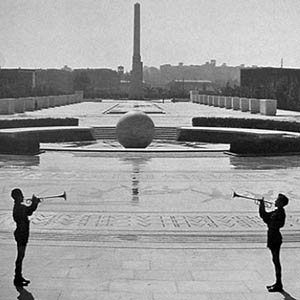








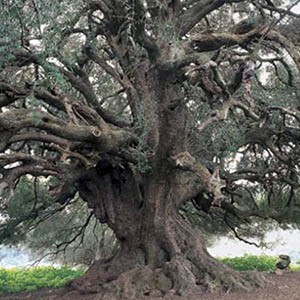

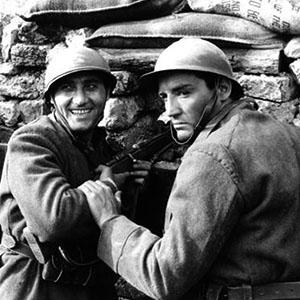






















Bacchino malato 1593-1594 Oil on canvas 67 × 53 cm Galleria Borghese
Fanciullo con canestro di frutta 1593-1594 Oil on canvas 70 × 67 cm Galleria Borghese
Davide con la testa di Golia 1609-1610 Oil on canvas 125 × 101 cm Galleria Borghese
San Giovanni Battista 1610 circa Oil on canvas 159 × 124 cm Galleria Borghese
San Gerolamo scrivente 1605 circa Oil on canvas 112 × 157 cm Galleria Borghese
Madonna col Bambino e Sant’Anna 1605 Oil on canvas 292 × 211 cm Galleria Borghese
Ritratto di Papa Paolo V 1605-1606 Oil on canvas 203 × 119 cm Galleria Borghese
Buona ventura between 1593 and 1595 Oil on canvas 115 × 150 cm Pinacoteca Capitolina
San Giovanni Battista 1602 Oil on canvas 129 × 94 cm Pinacoteca Capitolina
Maddalena penitente 1594-1595 Oil on canvas 122,5 × 98,5 cm Galleria Doria Pamphilj
Riposo durante la fuga in Egitto 1595-1596 Oil on canvas 133,5 x 166,5 cm Galleria Doria Pamphilj
San Giovanni Battista 1602 Oil on canvas 129 × 94 cm Galleria Doria Pamphilj
Giove, Nettuno e Plutone 1597 circa Oil on wall 300 × 180 cm Villa Ludovisi
San Francesco in meditazione 1595 circa Oil on canvas 128 × 97 cm Galleria Nazionale d’Arte Antica
Narciso between 1597 and 1599 Oil on canvas 112 × 92 cm Galleria Nazionale d’Arte Antica
Giuditta e Oloferne 1599 Oil on canvas 145 × 195 cm Galleria Nazionale d’Arte Antica
Vocazione di San Matteo 1599-1600 Oil on canvas 322 × 340 cm Chiesa di San Luigi dei francesi
Martirio di San Matteo 1600-1601 Oil on canvas 323 × 343 cm Chiesa di San Luigi dei francesi
San Matteo e l’angelo 1602 Oil on canvas 295 × 195 cm Chiesa di San Luigi dei francesi
Crocefissione di San Pietro 1600-1601 Oil on canvas 230 × 175 cm Basilica di Santa Maria del Popolo
Conversione di San Paolo 1600-1601 Oil on canvas 230 x 175 cm Basilica di Santa Maria del Popolo
San Giovanni Battista 1604 circa Oil on canvas 94 × 131 cm Galleria di Palazzo Corsini
San Francesco in preghiera 1605 Oil on canvas 128 × 97 cm Chiesa di Santa Maria Immacolata a via Veneto
Madonna dei Pellegrini (Madonna di Loreto) between 1604 and 1606 Oil on canvas 260 × 150 cm Basilica di Sant’Agostino in Campo Marzio
Deposizione di Cristo between 1602 e il 1604 Oil on canvas 300 × 203 cm Pinacoteca Vaticana
Conversione di San Paolo 1600-1601 Oil on cypress wood 237 × 189 cm Collezione privata Odescalchi Balbi
Maria Maddalena in estasi 1606 Oil on canvas 106,5 × 91 cm Collezione privata
